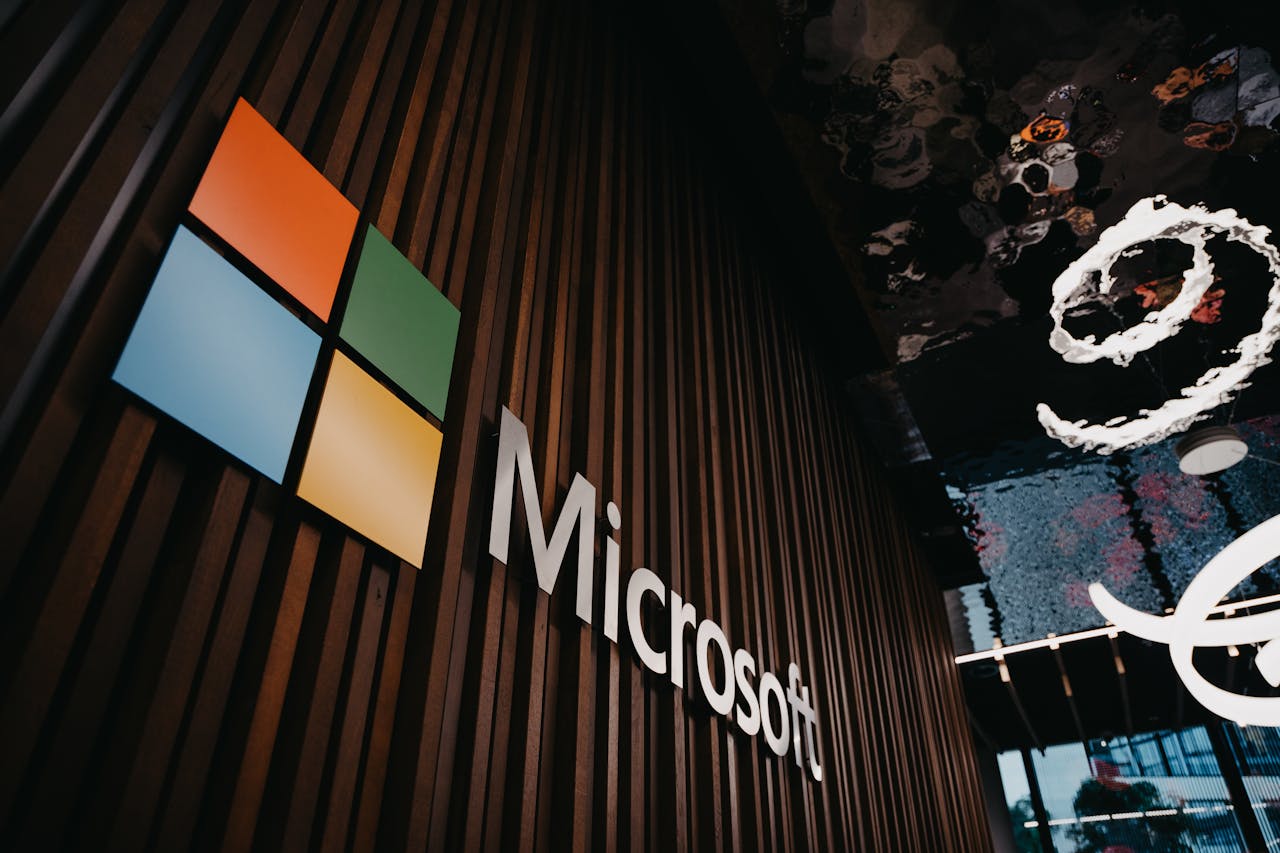The creation of Microsoft is a story of vision, ambition, and innovation. Founded by Bill Gates and Paul Allen in 1975, Microsoft would go on to become one of the most successful technology companies in the world. The company’s beginnings were humble, but the foundation they built has left an indelible mark on the software industry. This essay explores the early years of Microsoft, the challenges it faced, and how it evolved into a tech giant.
The Early Days: Vision and Opportunity
In the mid-1970s, Bill Gates and Paul Allen were both passionate about computers. Their shared interest in technology led to the birth of their company. They saw an opportunity to create software that could revolutionize personal computing. Initially, they focused on creating a version of the BASIC programming language for the Altair 8800, one of the first personal computers. This project marked the beginning of their journey, with Gates and Allen recognizing the potential of software in a rapidly changing tech landscape.
Their decision to write software for personal computers was a gamble at the time. Personal computers were still a niche market, and many people doubted whether they would ever become mainstream. However, Gates and Allen’s foresight proved to be correct. By developing software for emerging technologies, they positioned themselves as pioneers in an industry that would grow exponentially in the following decades.
The Founding of Microsoft
The turning point came in 1975 when the duo officially founded Microsoft. The name “Microcomputer Software” was initially proposed by Gates, and it was later shortened to “Microsoft.” The company’s first big break came when they signed a contract with IBM to supply an operating system for their personal computers. However, this deal would become more complex than they had anticipated.
Gates and Allen didn’t have an operating system ready, but they saw this as an opportunity to acquire an existing OS and modify it. They bought an OS called QDOS (Quick and Dirty Operating System) from a small software company and renamed it MS-DOS. This decision would prove to be one of the most significant in the company’s history. MS-DOS became the foundation for IBM’s personal computers, and Microsoft’s position in the market was solidified.
The Rise of Windows: A New Era in Computing
As personal computers grew in popularity during the 1980s, Microsoft continued to innovate. In 1985, the company launched Windows, a graphical user interface (GUI) for MS-DOS. At that time, most operating systems used command-line interfaces, which were less user-friendly. Gates and his team recognized that a more intuitive GUI could appeal to a broader audience and help Microsoft expand beyond the niche market of tech enthusiasts.
Windows quickly gained traction, and by 1990, the company released Windows 3.0, which was a major success. The intuitive design and enhanced functionality of Windows helped establish Microsoft as a leader in the software industry. Furthermore, the success of Windows helped pave the way for the company’s expansion into other software products, including word processing, spreadsheets, and other business applications.
Challenges and Competition
While Microsoft’s rise seemed unstoppable, it wasn’t without challenges. One of the company’s most significant hurdles was competition from other tech giants. Apple, led by Steve Jobs, posed a formidable challenge with its Macintosh computers, which also featured a graphical user interface. In response, Microsoft continued to refine Windows and differentiate it from Apple’s offerings. The rivalry between Microsoft and Apple became one of the most well-known in the tech industry.
In addition to competition, Microsoft faced legal battles. The company was accused of monopolistic practices, particularly in its dominance of the operating system market. In the late 1990s, the U.S. Department of Justice filed an antitrust lawsuit against Microsoft. The case resulted in a settlement that forced Microsoft to change some of its business practices. Despite the legal challenges, Microsoft remained a dominant player in the tech industry.
The Expansion of Microsoft
In the 1990s and early 2000s, Microsoft expanded beyond operating systems and productivity software. The company ventured into new markets, including gaming and enterprise software. One of the most notable successes during this period was the launch of the Xbox gaming console in 2001. Microsoft’s entry into the gaming industry was a bold move, but it eventually became one of the company’s most profitable ventures.
Additionally, Microsoft’s acquisition of companies like Skype and LinkedIn helped expand its portfolio and reach new customers. The company also continued to innovate with cloud computing, which became a key focus in the 2010s. The launch of Azure, Microsoft’s cloud computing platform, allowed the company to compete with other tech giants like Amazon and Google in the growing cloud market.
Legacy of Microsoft: A Lasting Impact
The creation of Microsoft changed the tech industry forever. Bill Gates and Paul Allen’s vision for a software-driven world has become a reality. Microsoft’s software products have shaped how businesses operate, how people interact with technology, and how information is shared. Today, Microsoft continues to be a major player in the tech world, with billions of users worldwide.
The company’s success has also had a ripple effect on the broader tech ecosystem. Microsoft’s innovations helped lay the groundwork for the personal computing revolution, which led to the rise of other tech companies and the proliferation of new technologies. As a result, Microsoft’s influence on the industry remains undeniable, and its legacy will continue to shape the future of computing.
Conclusion
In conclusion, the creation of Microsoft is a remarkable story of entrepreneurship, innovation, and perseverance. From its humble beginnings in a garage to becoming one of the most influential tech companies in the world, Microsoft’s journey reflects the power of vision and the importance of seizing opportunities. Bill Gates and Paul Allen’s pioneering efforts in software development have left a lasting impact on the world. Today, Microsoft remains a symbol of how far ambition and hard work can take you, shaping the future of technology for generations to come.
Check out our Facebook or X accounts.
For more topics check here.`



